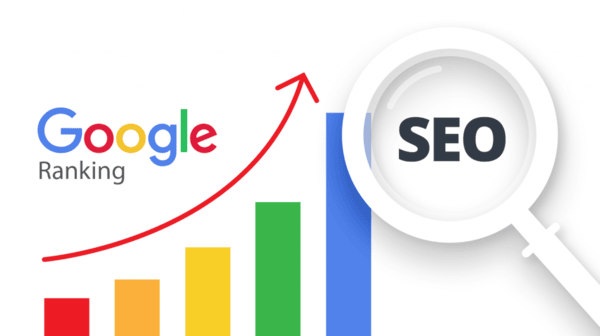
Every website wants to be on top - but getting there isn’t just about luck or good design. Behind the scenes, as we all know, Google uses a set of powerful signals to decide which pages deserve the spotlight. These signals are known as Google Ranking Factors, they play a key role in how visible your content becomes.
Let us walk you through the key factors that can push your content closer to the first page of Google.
Google ranking factors are the criteria that Google uses to decide how to rank web pages in its search results. Google uses hundreds of factors to evaluate which pages deserve to appear at the top. These factors help Google deliver the most relevant, high-quality, and useful information to users.
The better your website performs on these signals, the higher your chances of ranking on the first page of Google. Understanding these factors can help website owners, bloggers, and businesses improve their search engine visibility, drive organic traffic, and reach more people online.
Google prioritizes original, useful, and well-written content that directly answers user questions. The more value your content provides, the better your chances of ranking higher.
Even though E-E-A-T (Experience, Expertise, Authoritativeness, and Trustworthiness) is not a direct ranking factor, it plays a big role in how Google evaluates your content’s quality. Content that reflects real experience, expert knowledge, credibility, and trust builds a strong foundation for better visibility.
Google’s priority is to provide value to its users. If your content is detailed, easy to read, and genuinely useful, it has a better chance of ranking high. Always remember, copying content from other sites takes you nowhere near to your goals. Google always rewards originality.
Backlinks are links from other websites that point to yours, acting like votes of trust. Quality backlinks from reputable sources improve your website’s authority and ranking.
Think of backlinks as votes of confidence. If trusted websites link to your content, Google assumes your content is also trustworthy and valuable. Quality backlinks result in a better ranking.
A mobile-friendly site is designed to display properly and function smoothly on all screen sizes, including smartphones and tablets. Google favors mobile-optimized sites to give users a better browsing experience.
Most people use their phones to browse the internet. Google prioritizes websites that are responsive and look good on smaller screens. If your site isn’t mobile-friendly, it may rank lower.
Fast-loading websites offer a smoother experience and reduce bounce rates. Google gives preference to websites that load in under 3 seconds.
You can improve speed by optimizing images, reducing unnecessary code, and using a good hosting service.
Good UX includes easy navigation, clean layout, and engaging design. A positive user experience helps in keeping visitors on your site longer than they should have been, which improves rankings.
A site with clear navigation, readable fonts, and a clean layout keeps users engaged. Google notices if visitors stay on your site or leave quickly (bounce rate). Good UX keeps them around longer.
A secure site uses HTTPS and protects user data. Google prefers secure websites and may rank them higher in search results.
Google wants to keep users safe. If your website has an SSL certificate (shows a padlock in the address bar), it’s seen as more trustworthy and secure, giving you a small ranking boost.
Keywords give search engines clues about the main topic of your webpage. Using relevant keywords helps Google understand your content. Use them naturally - don’t stuff them. Place your main keyword in the title, meta description, headings, and throughout the content to improve visibility.
Domain Authority reflects your website's overall trust and relevance. Higher authority websites tend to rank better in search results.
Although not a direct Google factor, a high DA often reflects good SEO practices, strong backlinks, and reliable content. Sites with higher authority generally perform better in search results.
Linking to your own pages helps Google crawl your site more efficiently. It also keeps users engaged by guiding them to more helpful content.
Internal links help Google crawl your site better and understand how your content is connected. They also keep users on your site longer by guiding them to related pages.
Google values up-to-date information, especially on trending or changing topics. Consistently adding fresh content and making updates can boost your website’s position in search results.
Google favors content that is up to date, especially for topics that change over time. Refreshing old blog posts or publishing new ones regularly helps improve your visibility.
Ranking higher on Google isn’t just about ticking boxes, it’s about consistently delivering value, optimizing your site, and staying up to date with what Google expects. From creating quality content and building backlinks to improving user experience and page speed, it can feel like a lot to handle, especially when you're already juggling other parts of your business.
If managing all these ranking factors feels overwhelming, you're not alone. At We Love Digital Marketing, our team of SEO experts can help you boost your online presence, attract more traffic, and let you focus on running your business.